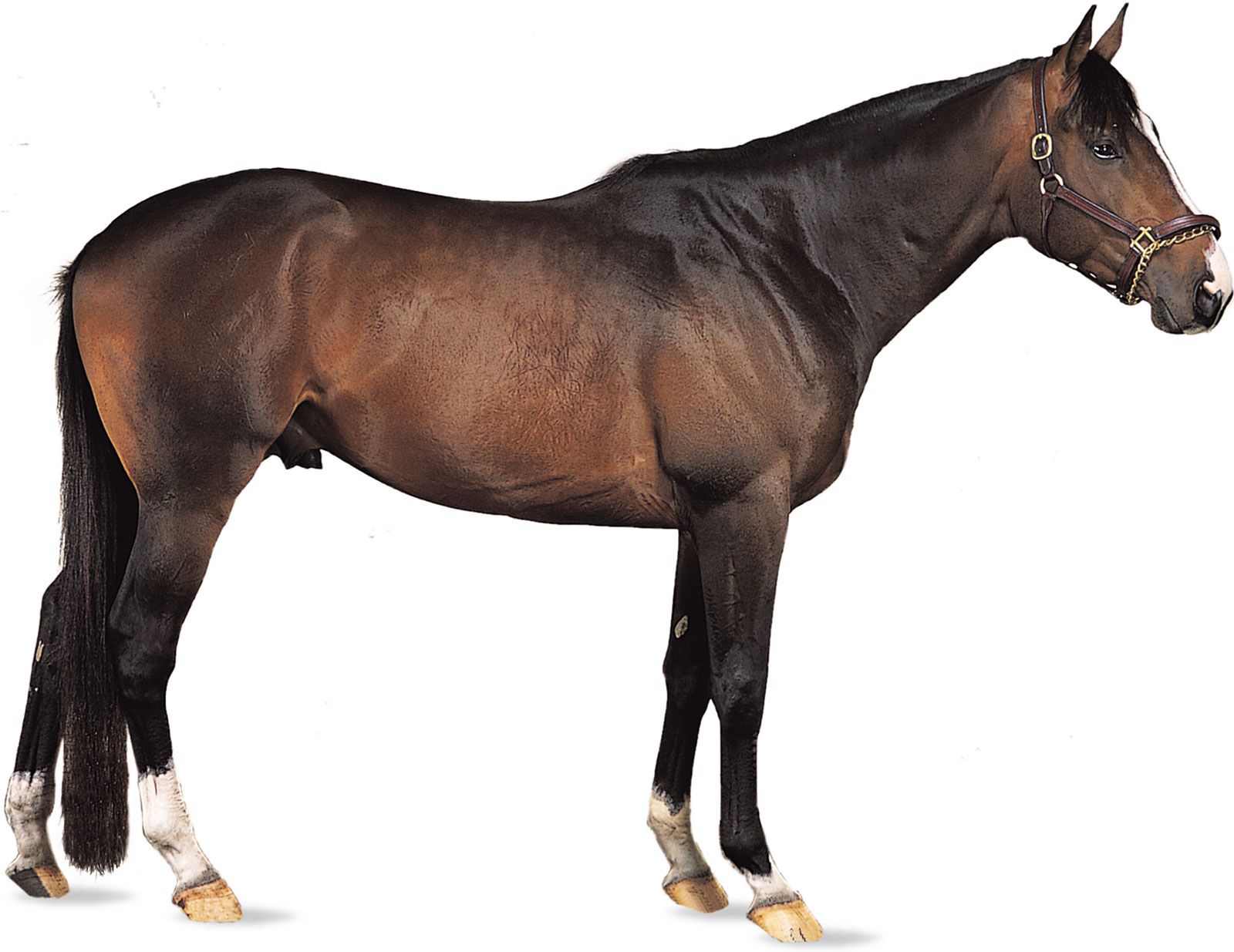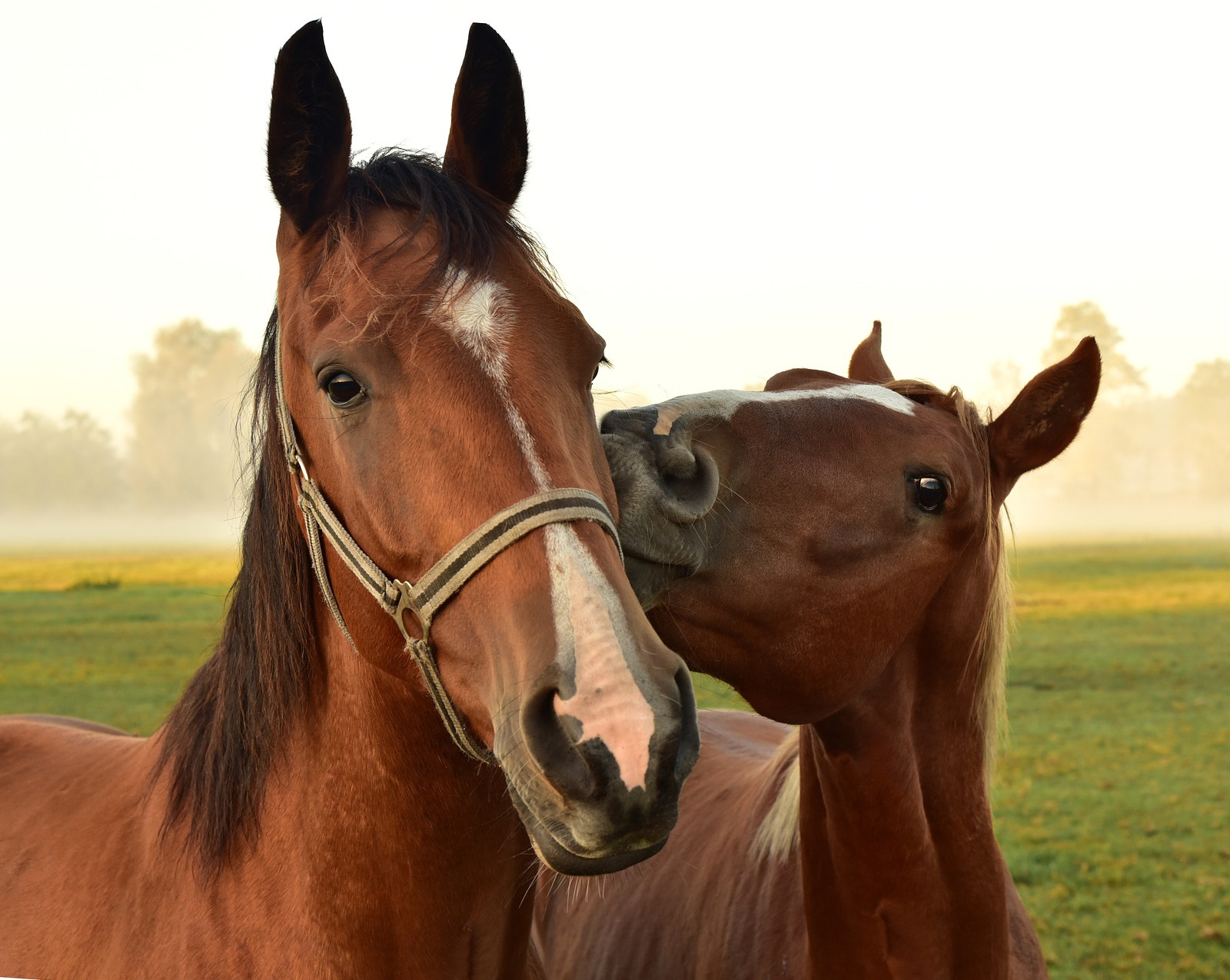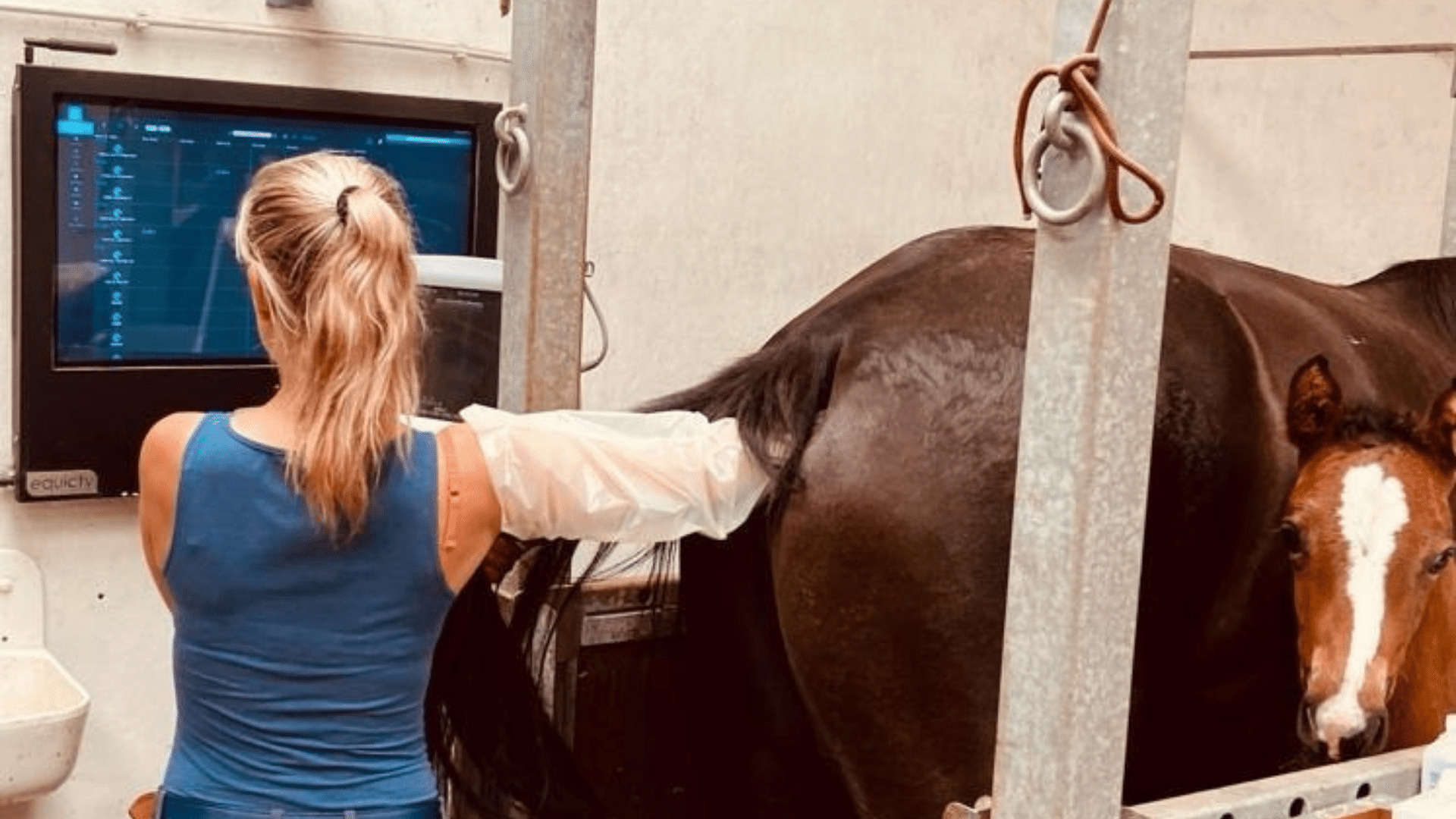Thoroughbred horse breeding is a complex and intricate process that has evolved over centuries to produce some of the most magnificent racehorses in the world. This art and science of creating the next generation of champions requires a deep understanding of genetics, physiology, and animal behavior. It’s a fascinating journey from selection to foaling, with each step meticulously planned to enhance the breed’s qualities.
The Horse Breeding Cycle
The horse breeding cycle is a critical component in the world of equine reproduction. It dictates the natural seasonality of mares, which are typically seasonally polyestrous, meaning they have multiple estrous cycles during certain times of the year. This cycle is sensitive to changes in daylight, with the breeding season commonly beginning in spring and extending through early autumn. Breeders must pay close attention to these cycles to time mating for the highest chances of successful conception and birth of a foal at an optimal time of year.
Thoroughbred Breeding Practices
Thoroughbred breeding practices are steeped in tradition, yet they embrace modern advancements to ensure the health and vitality of the breed. Breeders must consider factors such as pedigree, conformation, and racing performance when selecting mating pairs. Health screenings and genetic testing are also becoming a staple in these practices, providing valuable insights into potential hereditary conditions and the best genetic matches to produce superior offspring.
Mating Thoroughbreds

When it comes to thoroughbred mating, the process is both an art and a science. Breeders meticulously plan matings to produce offspring with the potential for speed, stamina, and the mental fortitude necessary for racing. Timing and selection are crucial, as is the understanding of each horse’s physical and genetic qualities.
Mare and Stallion Mating
Mare and stallion mating is a carefully orchestrated event. Mares are typically brought to the stallion’s residence, ensuring that the mare is in optimal health and at the right stage in her estrous cycle for mating. Stallions, on the other hand, may mate with multiple mares during the breeding season, necessitating close monitoring to maintain their health and fertility levels. The mare’s receptivity, coupled with the stallion’s vigor, plays a pivotal role in the success of the coupling.
Managing Thoroughbred Breeding
Managing thoroughbred breeding is a full-time job that requires year-round attention. From nutrition and health care to training and environmental management, every aspect of the horses’ care can impact their reproductive success. Skilled professionals are involved at every stage, from the stud farm managers to veterinarians specializing in equine reproduction, ensuring that both mare and stallion are in peak condition for breeding.
Advanced Thoroughbred Breeding Techniques

The world of thoroughbred horse breeding is not immune to technological advances. Innovative methods have been developed to enhance breeding success rates and ensure the health and safety of both mare and stallion. These advancements have revolutionized how breeders approach the creation of the next generation of thoroughbreds.
Artificial Insemination in Horses
Artificial insemination in horses is a technique that has seen significant advancement in recent years. While not traditionally used in thoroughbred breeding due to breed registry restrictions, it is a method that offers numerous benefits, including the ability to use semen from stallions across the globe without the need for transport. This technology is exemplary of how horse breeding could evolve in the future, offering a glimpse into potential changes in thoroughbred breeding methodologies.
Thoroughbred Stud Services
Thoroughbred stud services are a crucial element of the breeding industry. These services involve providing access to a high-caliber stallion for breeding purposes. The selection of a suitable stallion is a decision that can affect generations, with stud fees reflecting the stallion’s pedigree, racing record, and previous success in siring offspring. Breeders must weigh these factors carefully when planning their breeding strategies.
The Science of Equine Reproduction

The science of equine reproduction encompasses an array of disciplines, from veterinary medicine to genetics. Understanding the complexities of the reproductive process is essential for anyone involved in breeding thoroughbreds. As scientific knowledge expands, so do the possibilities for enhancing the breeding and success of these incredible animals.
Physiology of Thoroughbred Mating
The physiology of thoroughbred mating is an intricate dance between the mare’s and stallion’s reproductive systems. Timing is critical, as the mare must be at the optimal point in her estrous cycle for fertilization to occur. Reproductive health is paramount, and any issues must be addressed quickly to maximize the chances of successful mating and subsequent pregnancy.
If you’re curious about the breeding practices and care of different horse breeds, you might find our articles quite informative. For a deep dive into the breeding process, check out our piece on how horses are bred, which includes insights into the meticulous practices behind breeding Thoroughbred horses. Those interested in the diet specifics of certain breeds can read up on what American Saddlebred horses eat. And if you’re fascinated by the world of competitive horse riding, you won’t want to miss our article on what breeds of horses are used for equestrian sports, where Thoroughbreds are often a top choice.
Genetics and Selective Breeding
Genetics and selective breeding lie at the heart of thoroughbred horse breeding. The goal is to combine the best genetic traits of both mare and stallion to produce a foal with the potential for excellence on the racetrack. This requires an understanding of hereditary traits, genetic markers, and the role of DNA in determining a horse’s physical and behavioral attributes. Selective breeding has been practiced for centuries, but with the advent of modern genetic science, it has become more precise and targeted than ever before.
Thoroughbred horse breeding is a domain where tradition and technology meet. It’s a practice that requires patience, expertise, and a deep respect for the animals involved. As we continue to learn more about equine reproduction, the methods and techniques used to breed these majestic creatures will undoubtedly evolve, potentially leading to even more impressive and capable thoroughbred horses in the future.



